Workshop teaching is one of the most effective ways to differentiate instruction for the wide variety of learners in your classroom. But with so many moving parts, a workshop classroom can sometimes feel a bit overwhelming for students and teachers. Students need to know what activity they are assigned to work on at any given time, the details of their assignment, and when to move on to the next activity. Without clear directions and smooth transitions, a lot of time can be wasted during your workshop block, leaving you exhausted, and the students with important work left unfinished.
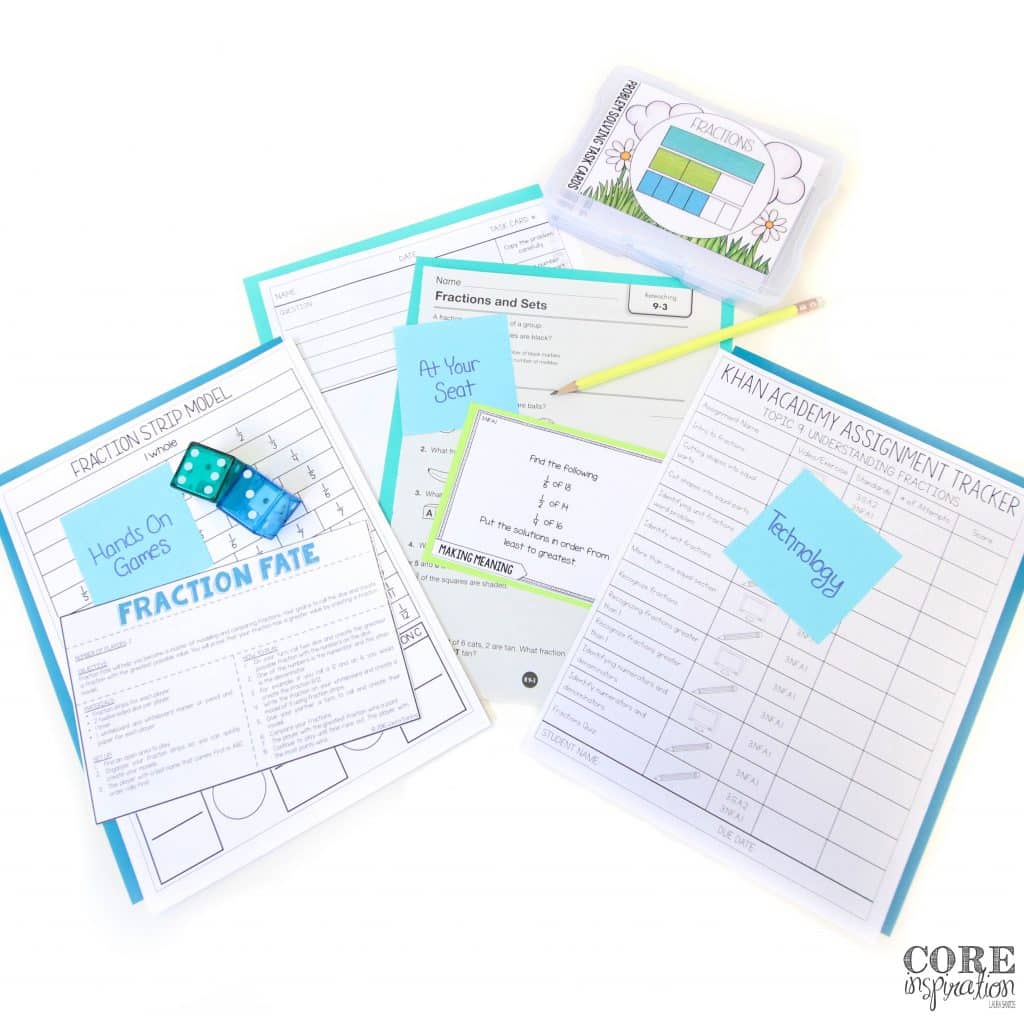
Trouble With Transitions During Math Workshop
When I first started using Math Workshop in my classroom years ago, transitions were my biggest headache. I would keep a timer on my desk. When it went off, I’d project the groupings for the next assigned activity on the board and signal for students to quickly transition. This worked well for a a few organized students, but a large portion of my class dawdled to their next station, missing out on critical learning time.
I daydreamed about a special technology tool that would track the time we had left during each rotation, then automatically signal the class to transition to their next activity, and use a visual countdown timer and sounds to help students manage their workshop time efficiently. After hours of tinkering around in PowerPoint, I finally figured out how to create the tool my workshop block was missing, and I haven’t stopped using digital transition management decks since. I use variations of the first deck I ever created for nearly every part of my day, and my classroom feels so calm and efficient as a result.
Transition Transformation
Picture this. Each day after your math mini lesson, you open a PowerPoint deck and set it to presentation mode. A beautiful sound chimes. A two-minute countdown displays next to the first set of rotation activities you have planned for the day, along with the groups assigned to each activity.
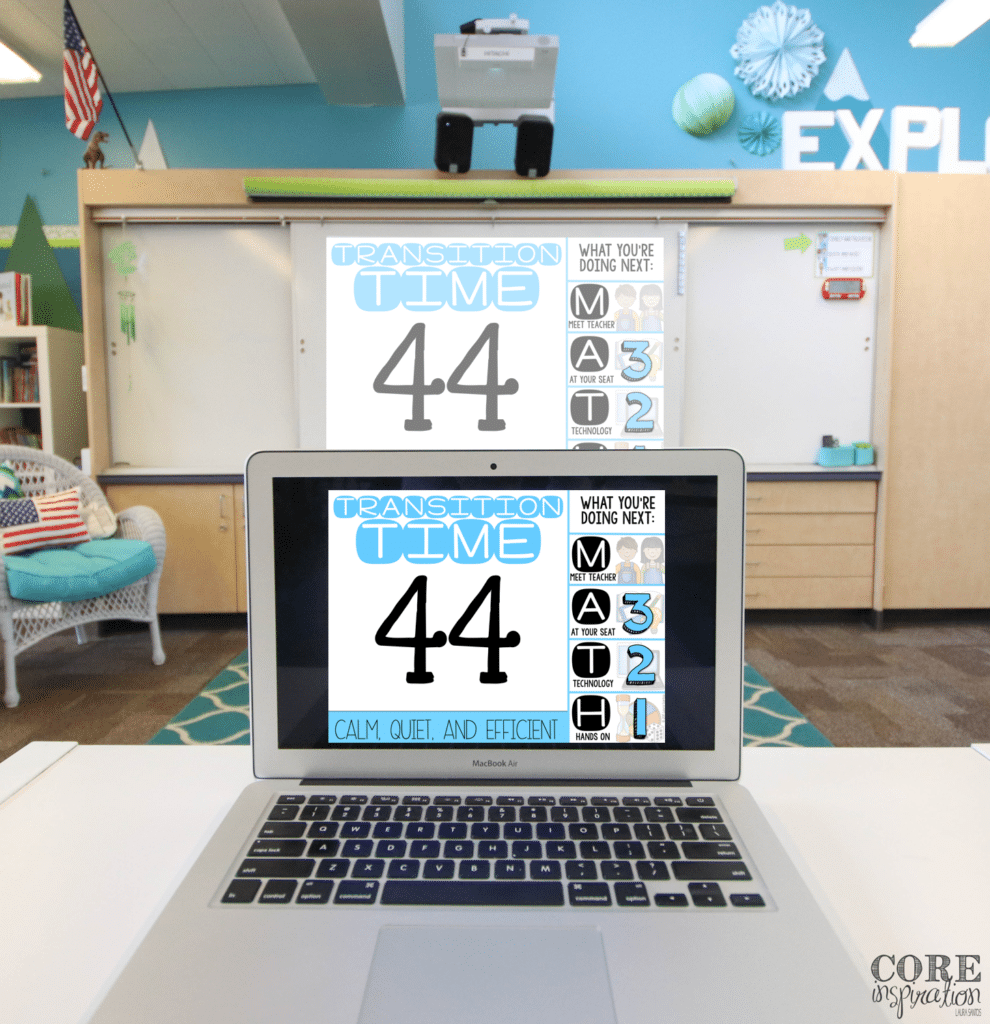
Without a word from your mouth, your students are able to glance at the board, see their first activity assignment, and calmly head off to work. After a minute, a gentle tick-tock sound echos through your classroom as the transition countdown continues. This gentle sound reminds students they only have a minute left to get settled into their first Math Workshop activity.
As the last few students get settled in, another calm chime sound fills your classroom, and the details of the first rotation assignment is displayed for the whole class to see. The transition deck has done all the hard work for you. Rather than scurrying to get ready to meet with your first group of learners, you are also settled in and getting started with your small group instruction.
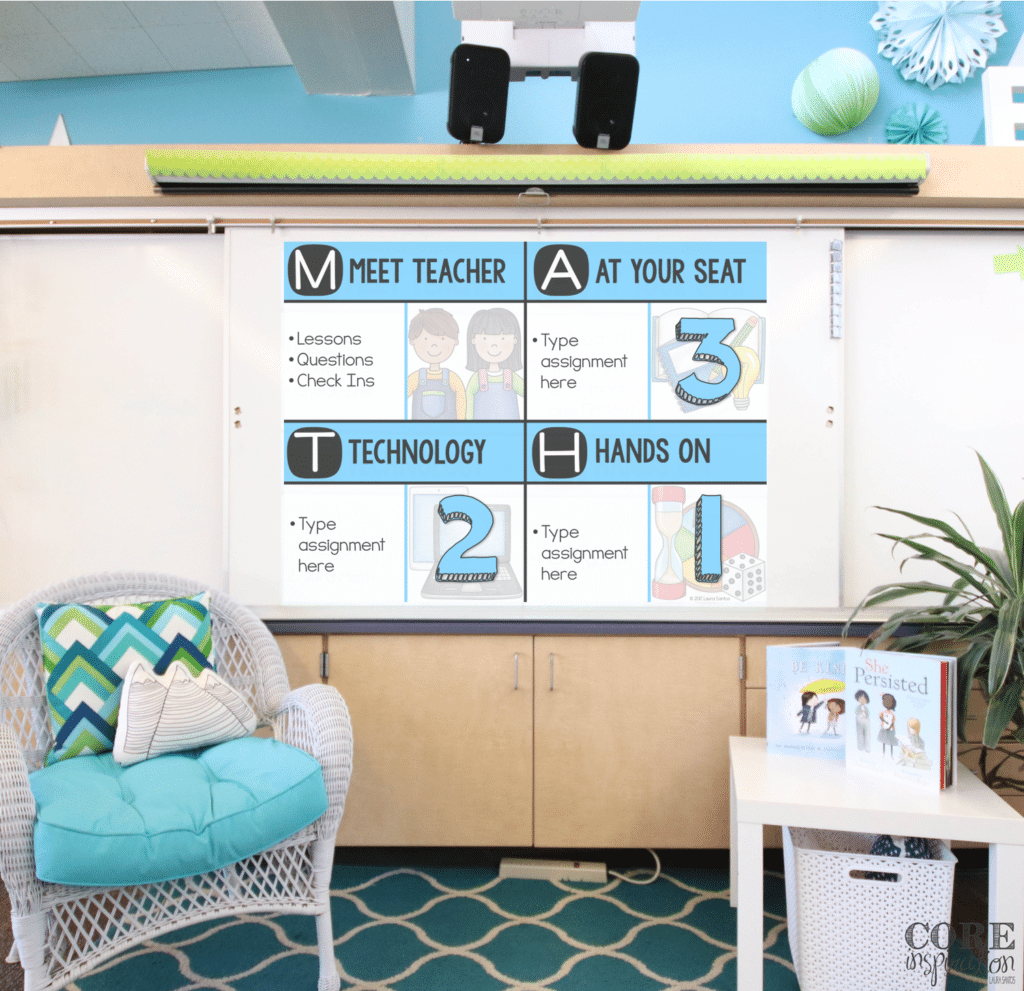
The room buzzes with productivity through the entire first rotation of workshop while the transition deck silently tracks the exact amount of time left in your first round of math workshop. Twenty minutes passes, and without any effort on your part, the deck makes another chime sound as the second transition countdown is displayed. This process repeats until workshop is complete.
Your students haven’t wasted a moment trying to figure out where to go, what to do, and how much time they have to do it. You haven’t spent your precious time and energy trying to direct students to their assigned activities, giving you more brainpower to focus on what’s important – the teaching!
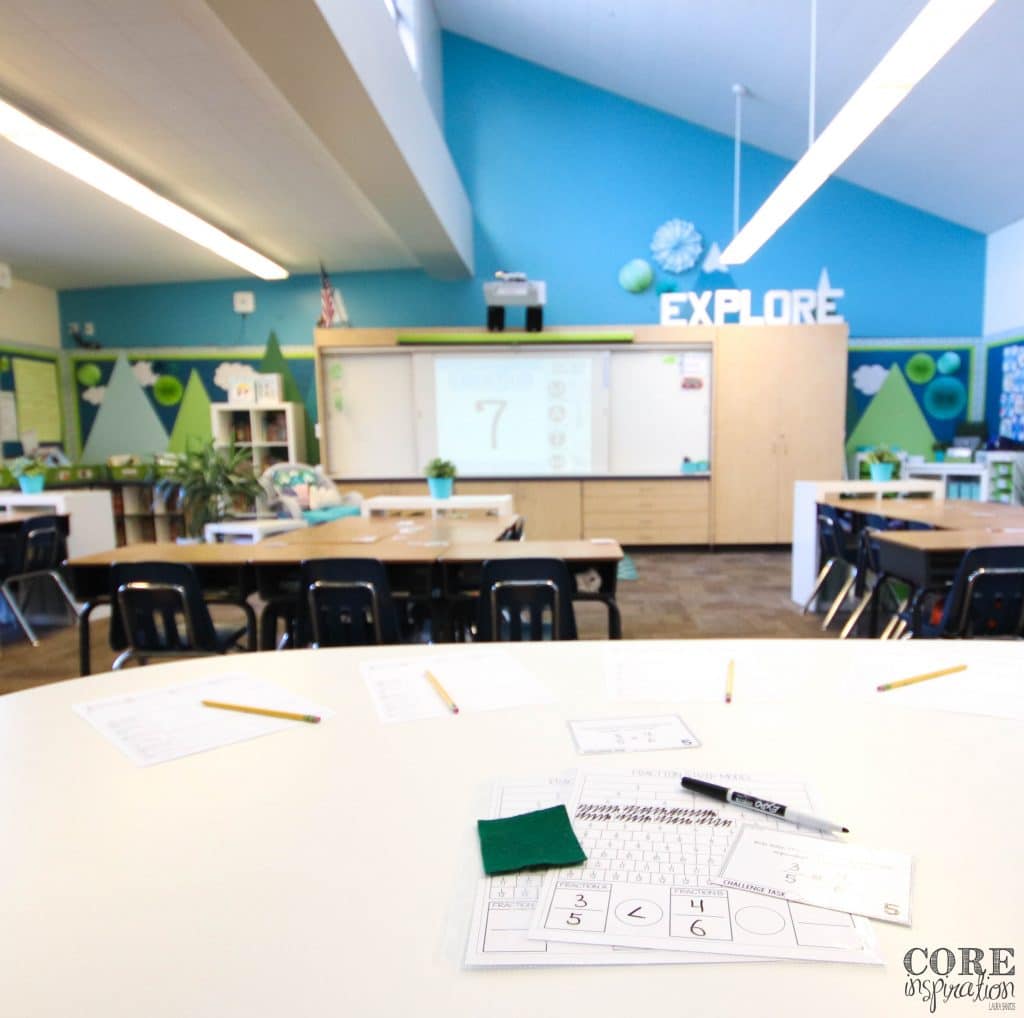
Tips For Setting Up Your Digital Rotation Board
The most important thing you need to confirm before bringing the Math Workshop Digital Transition Board to your classroom is that you have PowerPoint on your computer. The complex sequence of transitions programed into this resource is not yet supported by Google Slides. Therefore, this resource will open in Google Slides, but none of the sounds or transition countdown features will work. This resource only works in PowerPoint.
When it comes to communicating math groupings to students, there are a couple different tools you can use (both a which are included in this resource). Placing a number card on the corner of each student’s desk is a wonderful way to remind them of grouping. You can also hang a list of your current math groups on the board along with the weekly workshop schedule for students who like to see the big picture of what’s happening from day-to-day. I recommend keeping groups consistent throughout an entire unit so students have some consistency in their Math Workshop schedule, and know what to expect each day.
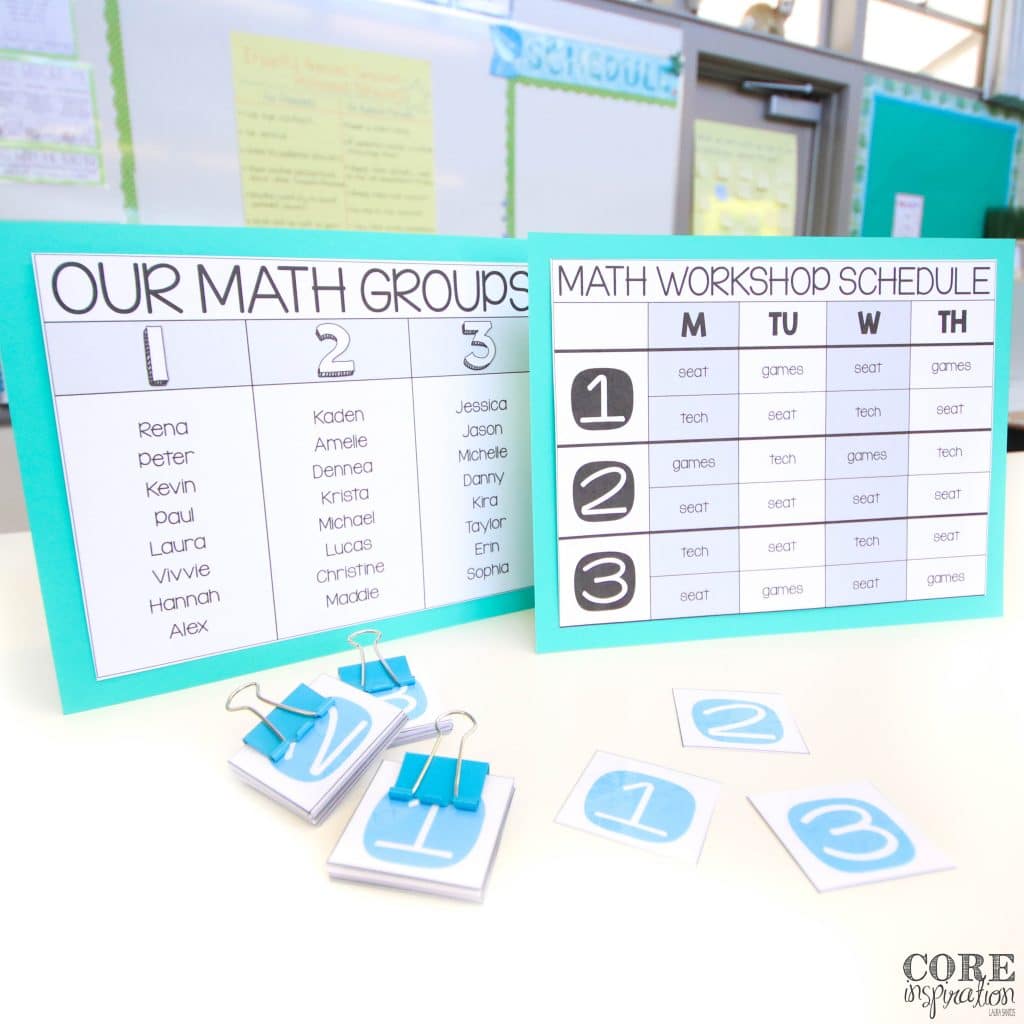
To make your classroom life even more efficient, I recommend creating and saving a separate version of this deck for each day of the week you run math workshop in your classroom. This allows you to create the sequence of slides you need that aligns with the unique rotation schedule you have for each day of the week. For example, I use the rotation schedule pictured below. Since I teach workshop four days a week, I spent about twenty minutes setting up four different versions of the rotation board at the beginning of the year, and saved them to my “Daily Routines” folder on my desktop so I can quickly access them each day.
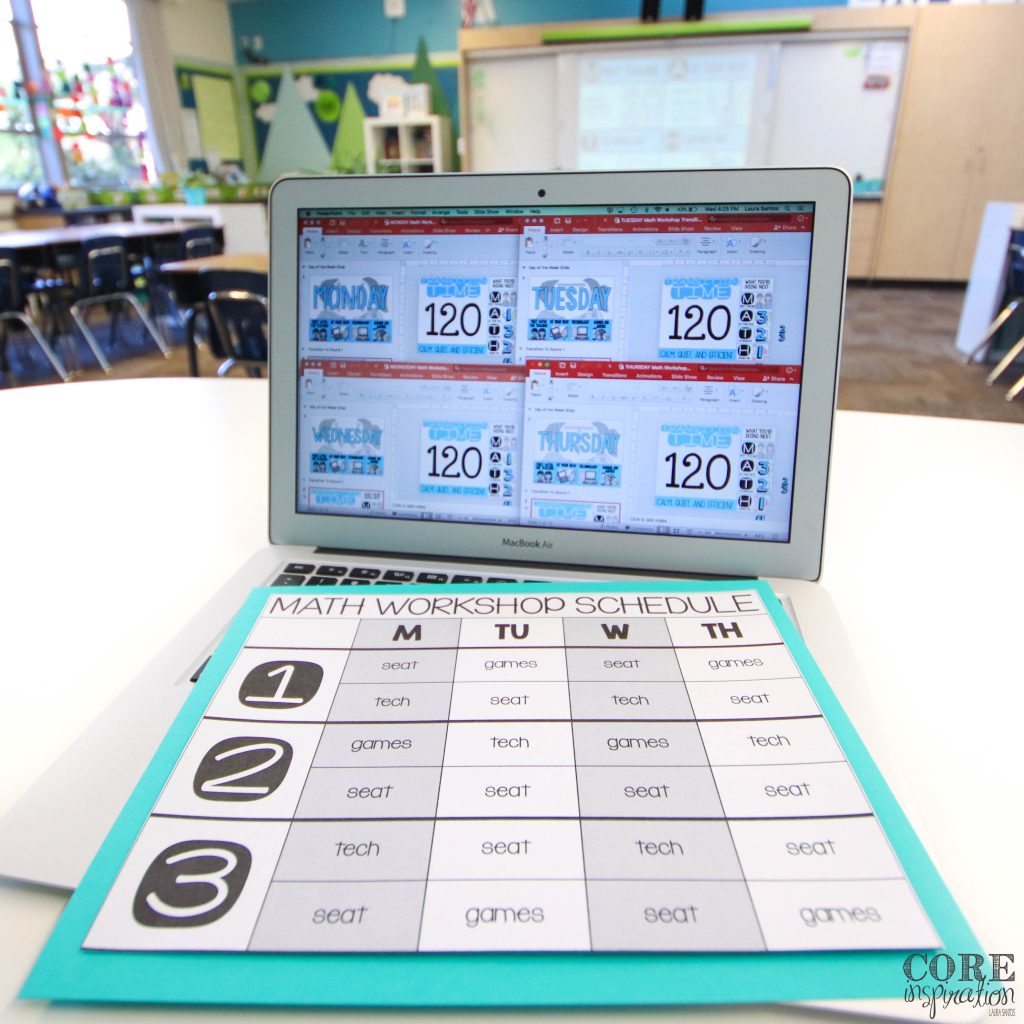
Are You Ready for Smooth Transitions?
I’d love to hear your thought and tips about transition management in the comments below. If you are interested in incorporating transition decks into your workshop block, I have a few ready-made options available in my TPT store.
- Editable Math Workshop Digital Rotation Board for Transition Management
- Editable Reading Block Digital Rotation Board for Transition Management
- Editable Classroom Routine Transition Management
If you prefer to create your own transition deck, check out this Instagram story for tips on how to format your digital countdown slides.
INTERESTED IN LEARNING MORE?
For more details about Math Workshop, check out my other posts about this instructional approach.
HOW TO INTRODUCE MATH WORKSHOP IN YOUR CLASSROOM:
DETAILS ABOUT M.A.T.H. ROTATIONS:
- Overview: Differentiate Instruction with Math Workshop
- Warm Up: Number of the Day Binder
- Mini Lesson: 3 Approaches To Formatting Lessons for Math Workshop
- Meet with the Teacher: How To Organize Small Groups for Math Workshop
- Meet with the Teacher: 5 Steps To Efficient Data Tracking
- At Your Seat: Top 5 Ideas for Math Workshop At Your Seat
- At Your Seat: Boost Problem Solving Skills
- Hands On: Tips for Making Math Games A Success
MATH WORKSHOP CLASSROOM MANAGEMENT TIPS:
- How To Boost Student Independence With Math Triads
- Incorporating Project Based Learning Into Math Workshop
- How To Make Transitions Efficient During Math Workshop
READY TO GIVE MATH WORKSHOP A TRY?
If you want to give Math Workshop a test drive in your own classroom, grab your Math Workshop Starter Kit, and feel free to share any questions you have about implementation in the comments below.



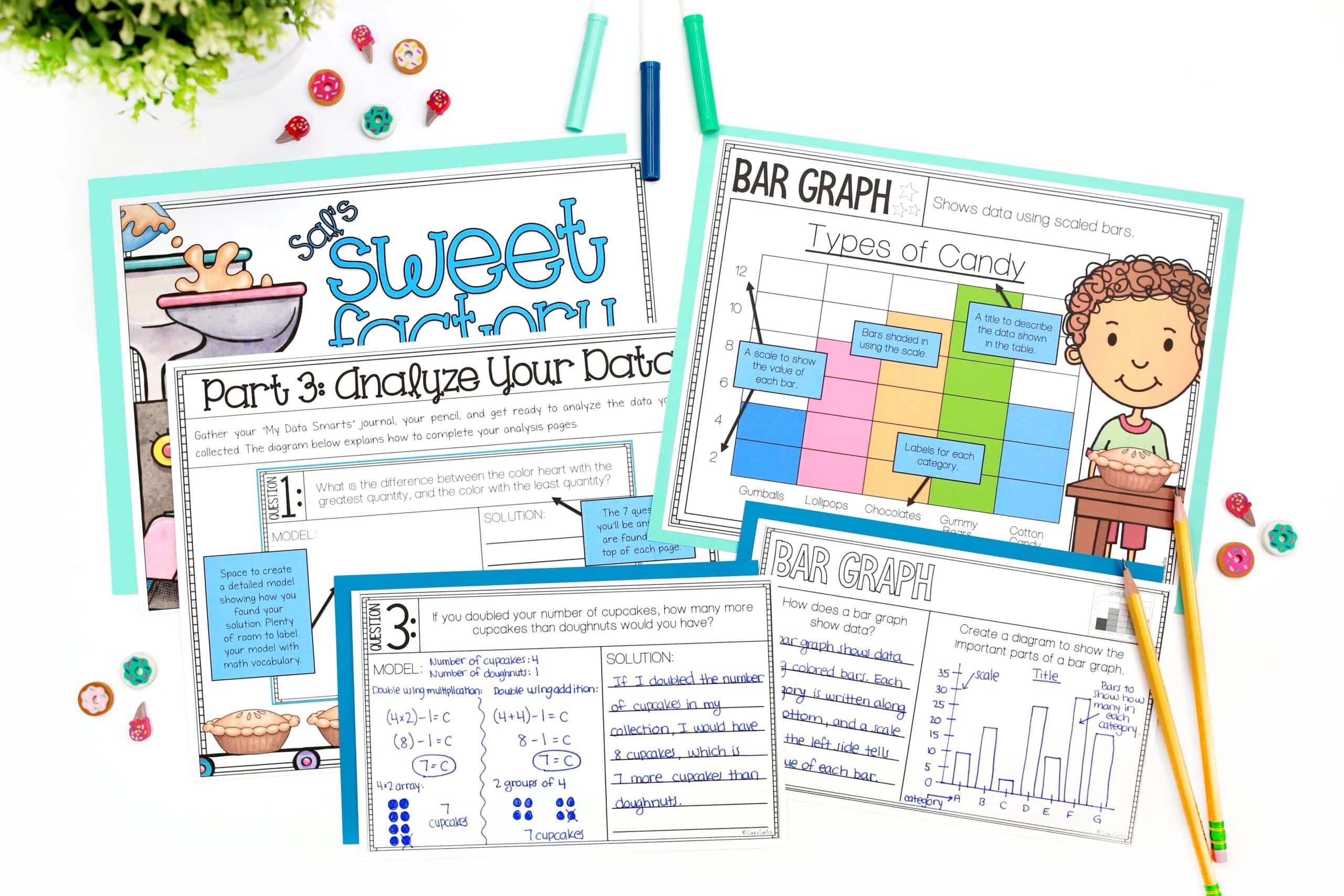
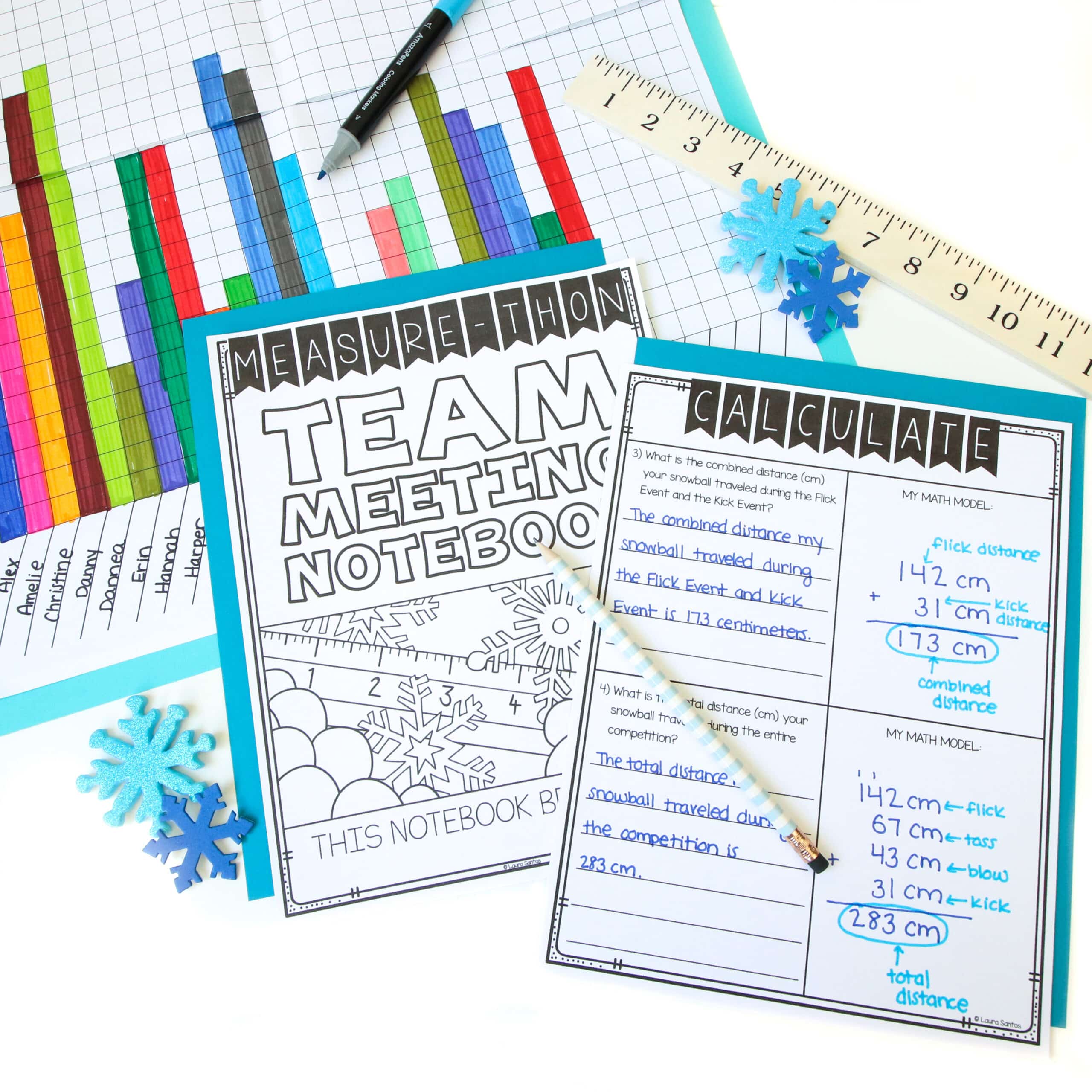

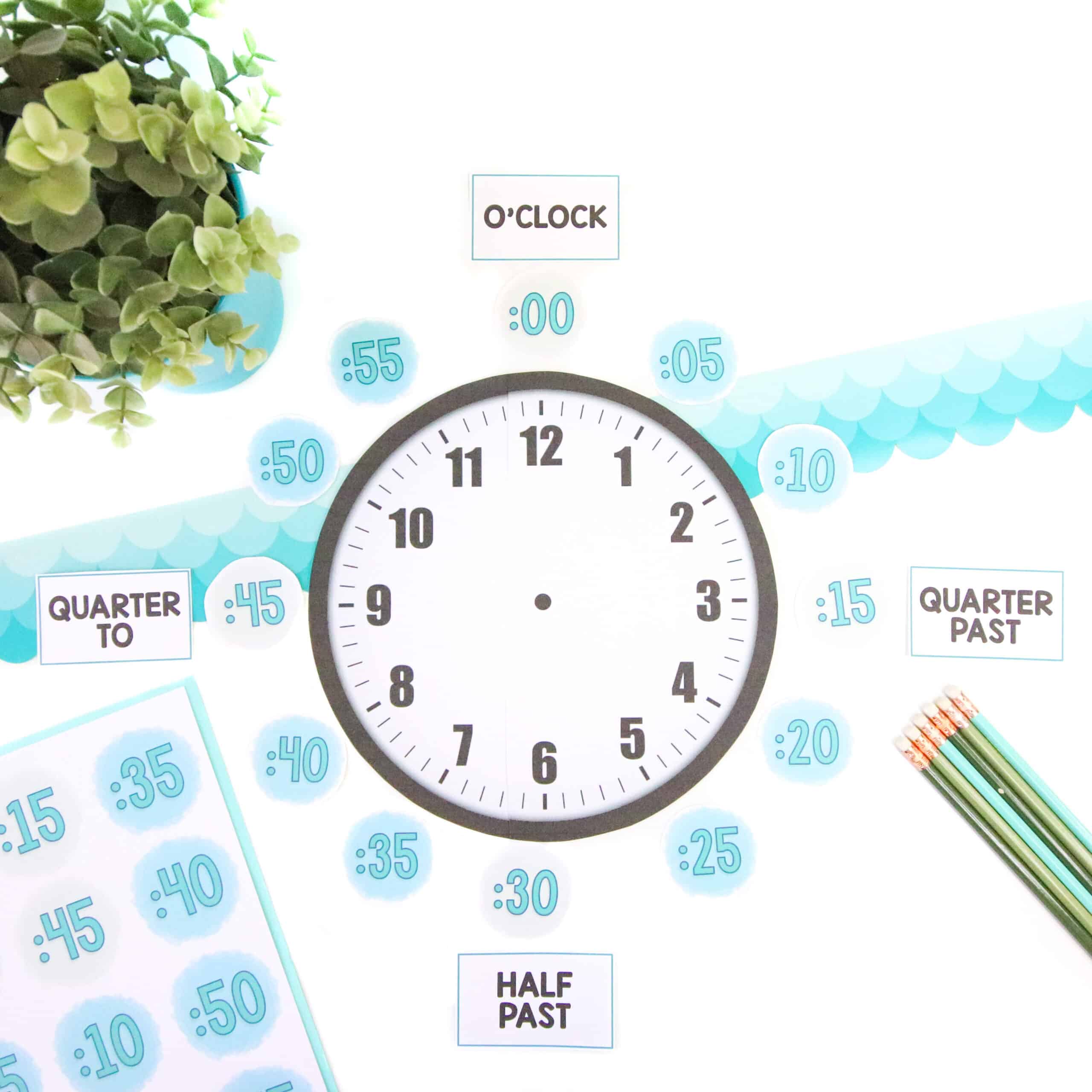
2 Responses
I would love for the digital rotation board to be created for google slides. I am not a techie. Just came back to teaching last year after spending 15 years at home with my kids. I need all the help I can get because everything has changed! Could you create something for google slides?
Hi Kelsie, thank you so much for reaching out to let me know about your interest in the digital rotation board for Google Slides. Right now, the ability to connect transitions in Google Slides is pretty limited so creating the same countdown timer I use for these isn’t yet possible in Google.